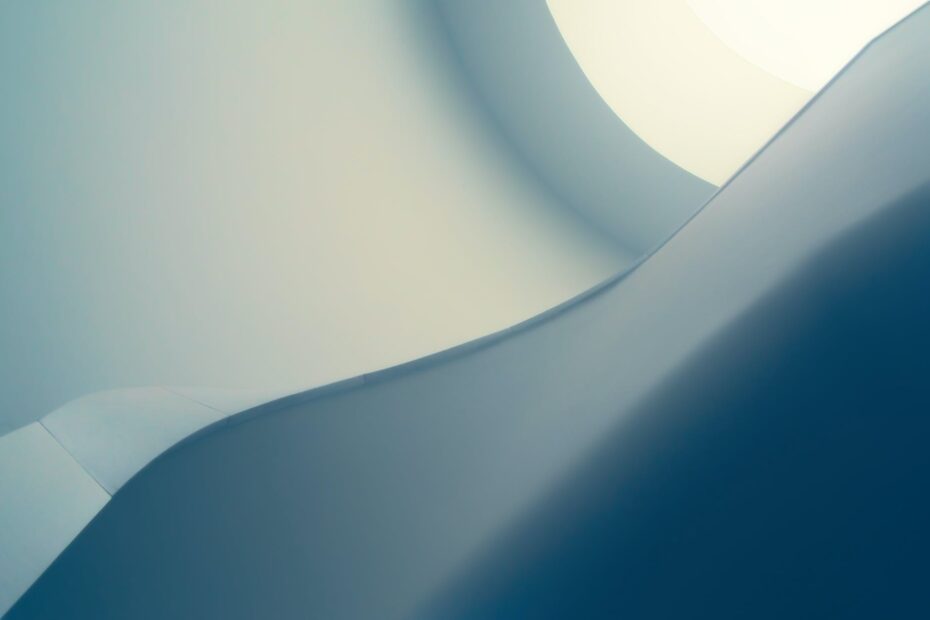Chafing Unveiled: The Ultimate Guide to Understanding Why You’re Chafing and Ways to Alleviate the Discomfort!
Welcome to this comprehensive guide that will unravel the mysteries of chafing and equip you with effective solutions to relieve the discomfort it brings. Chafing, a common skin condition, occurs when friction, moisture, clothing choices, or skin conditions irritate the skin, causing redness, soreness, and even painful blisters.
In this guide, we will delve into the various causes of chafing, exploring how each factor contributes to the discomfort and irritation experienced. From the friction caused by repetitive movements to the impact of moisture and inadequate clothing choices, we will uncover the culprits behind chafing.
But fear not! We won’t leave you hanging. We will also provide you with practical tips and remedies to prevent chafing altogether. Discover the benefits of using lubricants, choosing appropriate clothing materials, and maintaining good hygiene. We will also delve into effective treatments for existing chafing, including soothing creams and natural remedies.
So, get ready to bid farewell to chafing-induced discomfort. This ultimate guide will empower you with the knowledge and tools to keep your skin happy, healthy, and chafe-free!
Causes of Chafing
Causes of Chafing
Chafing can be caused by a variety of factors, each contributing to the discomfort and irritation experienced. Understanding these causes is essential in finding effective ways to alleviate chafing.
Friction: Friction is one of the primary causes of chafing. When two body parts rub against each other or against clothing, it creates friction, leading to irritation and redness.
Moisture: Moisture, such as sweat or humidity, can exacerbate chafing. It weakens the skin’s protective barrier and increases friction, making it easier for chafing to occur.
Clothing Choices: Wearing ill-fitting or rough-textured clothing can contribute to chafing. Tight clothing can create constant friction, while rough fabrics can irritate the skin.
Skin Conditions: Certain skin conditions, like eczema or dermatitis, can make the skin more susceptible to chafing. These conditions weaken the skin’s barrier function, making it more prone to irritation.
By understanding these factors, you can take proactive measures to prevent chafing and minimize discomfort. Stay tuned for our next section on practical tips and remedies to prevent and treat chafing!
Preventing and Treating Chafing
Preventing and Treating Chafing
Chafing can be a painful and uncomfortable experience, but there are several practical tips and remedies that can help prevent and alleviate the discomfort. One effective method is to use lubricants, such as petroleum jelly or anti-chafing balms, which create a protective barrier between the skin and clothing, reducing friction. Additionally, wearing appropriate clothing made from moisture-wicking and breathable fabrics can help keep the skin dry and minimize irritation. It is also crucial to maintain good hygiene by showering regularly and keeping the affected areas clean and dry.
If chafing has already occurred, there are several treatments that can provide relief. Soothing creams containing ingredients like aloe vera or chamomile can help reduce inflammation and promote healing. Natural remedies, such as applying coconut oil or using oatmeal baths, can also provide soothing effects. However, it is essential to consult with a healthcare professional if the chafing persists or worsens.
- Use lubricants to reduce friction
- Wear moisture-wicking and breathable clothing
- Maintain good hygiene
By following these preventive measures and exploring effective treatments, you can minimize the discomfort of chafing and enjoy a more comfortable experience.
Frequently Asked Questions
- What is chafing?
Chafing refers to the irritation and discomfort that occurs when the skin rubs against itself or clothing, resulting in redness, soreness, and sometimes even blisters. It commonly affects areas where there is friction, such as thighs, underarms, and groin.
- What are the main causes of chafing?
Chafing can be caused by factors such as excessive friction, moisture accumulation, wearing rough or ill-fitting clothing, and certain skin conditions like eczema or heat rash. These factors can exacerbate the irritation and make chafing more likely to occur.
- How can I prevent chafing?
To prevent chafing, it is important to keep the affected areas clean and dry. Using lubricants or anti-chafing balms can reduce friction. Wearing moisture-wicking and breathable clothing, avoiding rough fabrics, and choosing well-fitting garments can also help minimize the risk of chafing.
- What are some effective treatments for chafing?
If chafing occurs, applying soothing creams or ointments with ingredients like aloe vera or zinc oxide can provide relief. Natural remedies such as coconut oil or chamomile tea compresses can also help calm the irritated skin. It is important to avoid further friction and keep the area clean to promote healing.
- When should I seek medical attention for chafing?
In most cases, chafing can be treated at home with self-care measures. However, if the chafed area becomes infected, shows signs of pus or severe inflammation, or if the discomfort persists despite proper care, it is advisable to consult a healthcare professional for further evaluation and treatment.


Keith is originally from Truckton, Colorado. The 54-year-old cared for his overweight wife for many years. Keitch is also a freelance editor at antichafing.net and supports the team as a competent advisor. In his spare time Keith enjoys reading books, visiting his homeland and is a passionate product tester for well-known manufacturers.

